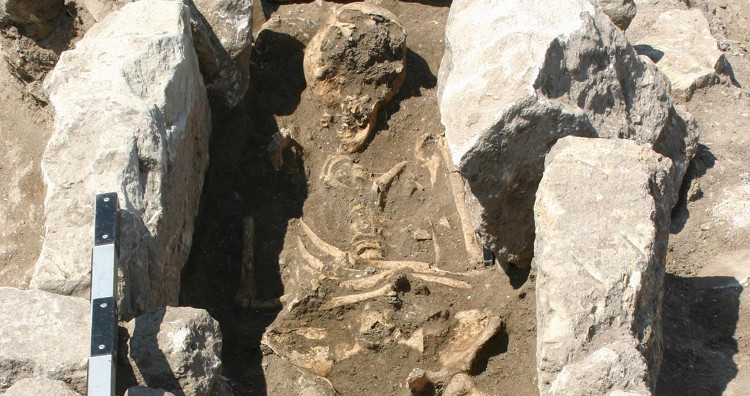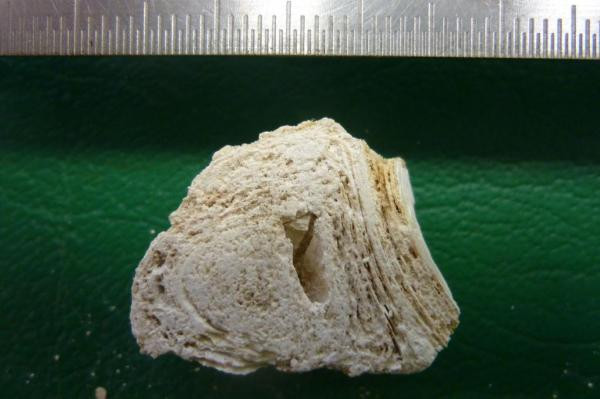Bumps on a woman’s skeleton contain “ghost cells” with DNA intact after nearly 1,000 years of deadly bacteria.
Archaeologists unearthed the skeleton of a 30-year-old pregnant woman in a cemetery in Anatolia, Türkiye. Strange bumps appeared on the woman’s ribs below the chest , according to International Business Times.
 The skeleton of a 30-year-old woman was unearthed in a cemetery in Anatolia, Türkiye. (Photo: Gebhard Bieg).
The skeleton of a 30-year-old woman was unearthed in a cemetery in Anatolia, Türkiye. (Photo: Gebhard Bieg).
Carbon analysis shows that the nodules date back to about 790 to 860 years ago. After eliminating tuberculosis as the cause of them, Caitlin Pepperell, an epidemiologist at the University of Wisconsin-Madison, USA, thinly sliced the nodules for research.
Results showed that the nodule contained “ghost cells” of the bacteria that killed the woman. These ghost cells, or microfossils, are the bacteria Staphylococcus saprophyticus (which commonly causes urinary tract infections) and Gardnerella vaginalis (which infects the fetus).
Additionally, Pepperell found male DNA preserved in the nodules. This indicates the woman was pregnant with a boy at the time of the infection. The boy’s DNA and the DNA of this killer bacteria are still almost intact after nearly 1,000 years. The research results were published in eLife magazine on January 10.
 Cross-section of one of the nodules on a woman’s ribs. (Photo: Pathologie Nordhessen).
Cross-section of one of the nodules on a woman’s ribs. (Photo: Pathologie Nordhessen).
Pepperell said that normally only about 1% of ancient bacterial DNA remains after 800 years, but in the nodules on the woman’s bones, this number is up to 31-58%.
“There’s something very interesting about the way DNA is preserved. The quality of the genetic data is still very good,” Pepperell said.





